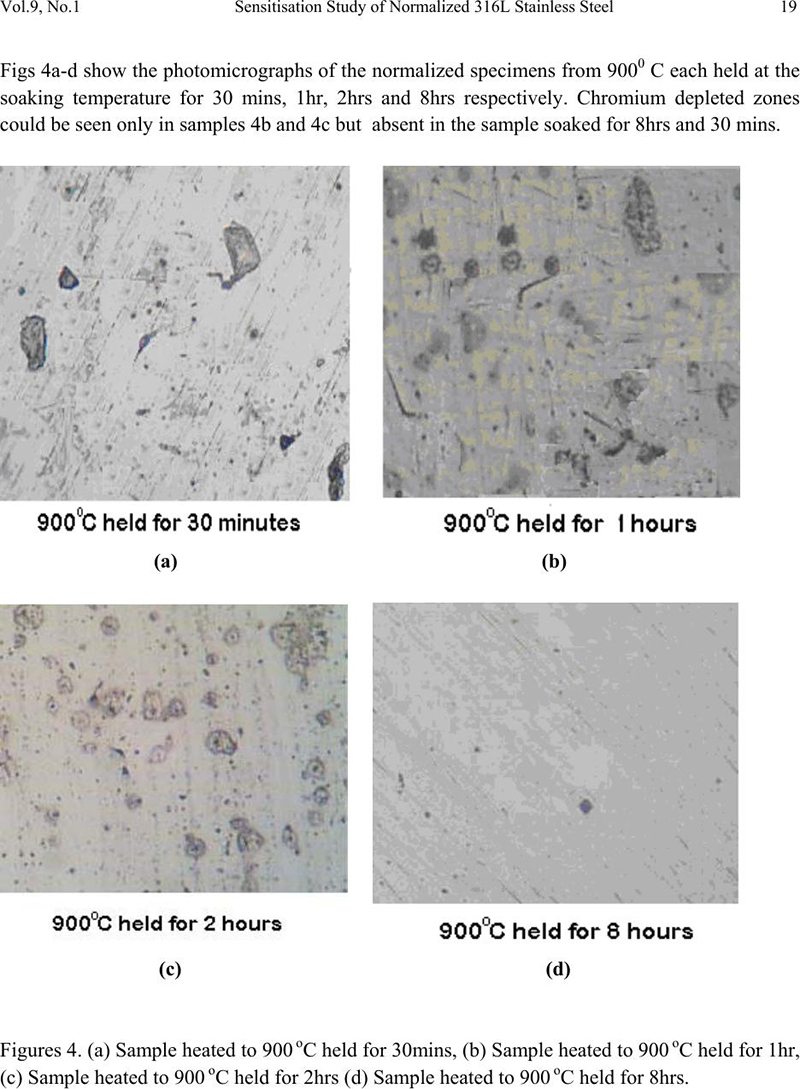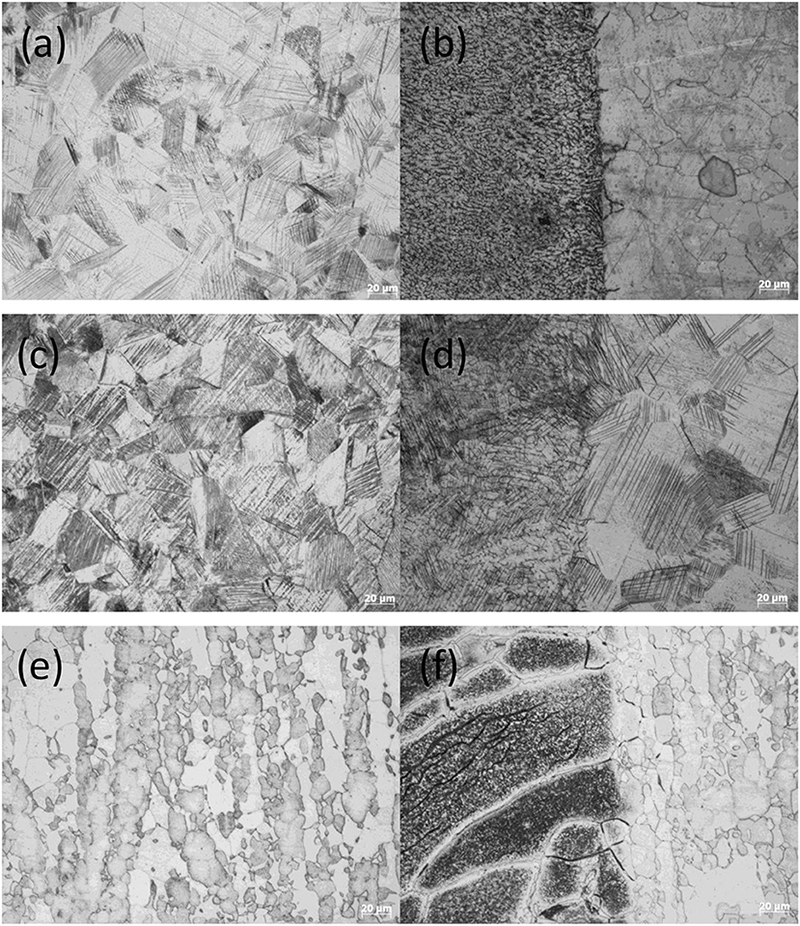The factors influencing the corrosion resistance performance of stainless steel fasteners.
Stainless steel is generally considered "rust-resistant" in atmospheric conditions. The term "stainless" is a relative concept, as its corrosion resistance is conditional, and stainless steel can corrode under certain conditions. Currently, there is no stainless steel that is universally corrosion-resistant in all corrosion environments. Common forms of severe corrosion that stainless steel fasteners are susceptible to include localized corrosion, which mainly encompasses stress corrosion cracking, pitting corrosion, intergranular corrosion, crevice corrosion, and fatigue corrosion.
Environmental Factors:
Different types of corrosion typically occur in specific environmental conditions. For instance, pitting corrosion is more likely to occur in media containing specific ions. Crevice corrosion may occur in stagnant solution-filled crevices or shielded surfaces, where metal interfaces with non-metal materials, fasteners, bolts, washers, valve seats, loose surface deposits, and contact with marine life. Stress corrosion cracking occurs when there is tensile stress (residual or applied) and specific corrosive media present.
Environmental factors influence the corrosion resistance of stainless steel fasteners. For example, in the case of pitting, the composition, concentration, pressure, temperature, and pH of the environmental medium can all affect the corrosion resistance of stainless steel fasteners. Stainless steel is susceptible to pitting in media containing halide ions (e.g., Cl-, Br-, I-). The concentration of halide ions needs to reach a certain level for pitting to occur. Other anions like OH-, SO42-, etc., can have an inhibiting effect on pitting corrosion in stainless steel fasteners. Factors such as temperature, pH, and flow rate in the medium also influence pitting corrosion.

Chemical Composition:
The corrosion resistance of stainless steel fasteners is related to their passivation properties. When steel is passivated, it forms a dense oxide film on the surface, which temporarily stops the corrosion process.
Chromium is the most basic element in stainless steel and is essential for stabilizing the passivation film. Stainless steel becomes fully passivated when the chromium content reaches 12% in the alloy. The ability of stainless steel to passivate to some extent determines its corrosion resistance. Therefore, the chromium content in austenitic stainless steel should not be less than 12%.
Nickel enhances the corrosion resistance of steel, particularly in non-oxidizing environments like sulfuric acid. The addition of nickel improves the corrosion resistance of stainless steel in media such as sulfuric acid, acetic acid, oxalic acid, and neutral salts (especially sulfates).
Manganese can also improve the corrosion resistance of chromium stainless steel in organic acids such as acetic acid, formic acid, and acetic acid, and it is more effective than nickel in this regard.
Molybdenum enhances the passivation ability of stainless steel, broadening its range of passivation media. Molybdenum-containing stainless steel can form a stable molybdenum-containing passivation film in many strong corrosive media and can prevent chloride ions from damaging the film.
Silicon can improve the corrosion resistance of steel in hydrochloric acid, sulfuric acid, and high-concentration nitric acid. The addition of 2%-4% silicon to stainless steel enhances its corrosion resistance in these media.

Structural Factors:
Stainless steel fasteners come in various grades with different microstructures, and these microstructures impact their corrosion resistance.
Austenitic stainless steel typically has excellent resistance to general corrosion in many media but is sensitive to intergranular corrosion and stress corrosion cracking.
The susceptibility to intergranular corrosion is often related to the material's microstructure, differences in chemical composition between grain boundaries and grains, grain boundary structure, solute characteristics, precipitation processes, solid-solution diffusion, and other metallurgical factors.
Ferritic stainless steel also has a tendency towards intergranular corrosion but is generally more prone to sensitization compared to carbon-containing chromium-nickel austenitic stainless steel, making it more susceptible to intergranular corrosion.
Duplex stainless steel combines the characteristics of austenitic and ferritic steel. In general, duplex stainless steel's corrosion resistance is similar to high-chromium ferritic stainless steel or chromium-nickel austenitic stainless steel with similar chromium molybdenum content. The corrosion resistance of duplex stainless steel depends on its microstructure but generally has higher resistance to intergranular corrosion and stress corrosion cracking than austenitic stainless steel.
Martensitic stainless steel has lower corrosion resistance compared to austenitic and ferritic stainless steel, but its main advantage lies in its ability to be strengthened through heat treatment. It is suitable for fasteners with high strength, hardness, and wear resistance, combined with some corrosion resistance.
Precipitation-hardening stainless steel combines high strength and good corrosion resistance. The corrosion resistance of this type of stainless steel is related to its composition and heat treatment. The precipitation of fine phases and aging reactions can be detrimental to corrosion resistance. High strength in this type of stainless steel can also lead to hydrogen embrittlement or stress corrosion cracking, which should be carefully considered during use.

In summary, various factors including environmental conditions, chemical composition, and microstructure can influence the corrosion resistance of stainless steel fasteners. Factors such as sulfurides, delta ferrite phases, sigma phases, alpha-prime phases, and precipitates in precipitation-hardening stainless steel, sensitized grain boundaries, and welds may all affect the pitting corrosion resistance of stainless steel fasteners.
 English
English  Español
Español  Português
Português  русский
русский  Français
Français  日本語
日本語  Deutsch
Deutsch  tiếng Việt
tiếng Việt  Italiano
Italiano  Nederlands
Nederlands  ภาษาไทย
ภาษาไทย  Polski
Polski  한국어
한국어  Svenska
Svenska  magyar
magyar  Malay
Malay  বাংলা ভাষার
বাংলা ভাষার  Dansk
Dansk  Suomi
Suomi  हिन्दी
हिन्दी  Pilipino
Pilipino  Türkçe
Türkçe  Gaeilge
Gaeilge  العربية
العربية  Indonesia
Indonesia  Norsk
Norsk  تمل
تمل  český
český  ελληνικά
ελληνικά  український
український  Javanese
Javanese  فارسی
فارسی  தமிழ்
தமிழ்  తెలుగు
తెలుగు  नेपाली
नेपाली  Burmese
Burmese  български
български  ລາວ
ລາວ  Latine
Latine  Қазақша
Қазақша  Euskal
Euskal  Azərbaycan
Azərbaycan  Slovenský jazyk
Slovenský jazyk  Македонски
Македонски  Lietuvos
Lietuvos  Eesti Keel
Eesti Keel  Română
Română  Slovenski
Slovenski  मराठी
मराठी  Srpski језик
Srpski језик 


